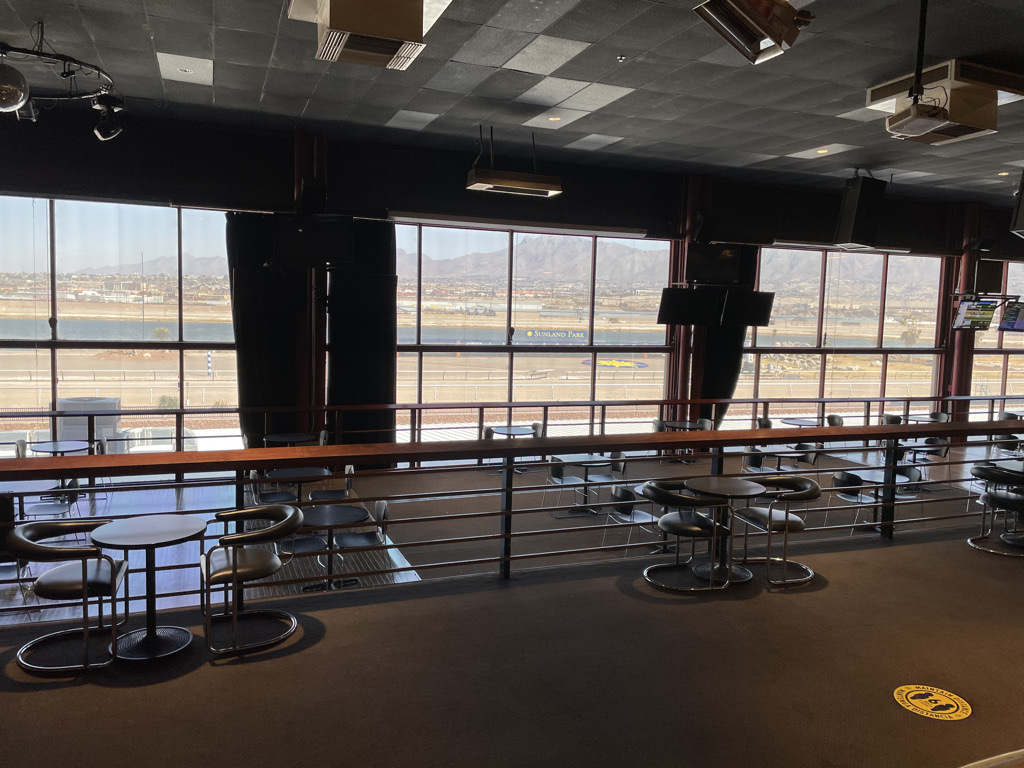[av_image src=’http://handicapping.news/wp-content/uploads/sites/29/2022/06/9898BA6C-915B-4F5B-9376-F7B87EDA2DE2_1_105_c.jpeg’ attachment=’3995′ attachment_size=’full’ copyright=’always’ caption=” image_size=” styling=” align=’center’ font_size=” overlay_opacity=’0.4′ overlay_color=’#000000′ overlay_text_color=’#ffffff’ animation=’no-animation’ hover=” appearance=” link=” target=” title_attr=” alt_attr=” img_scrset=” lazy_loading=’disabled’ id=” custom_class=” template_class=” av_element_hidden_in_editor=’0′ av_uid=’av-l4sm1f5i’ sc_version=’1.0′ admin_preview_bg=”][/av_image]
[av_textblock textblock_styling_align=” textblock_styling=” textblock_styling_gap=” textblock_styling_mobile=” size=” av-medium-font-size=” av-small-font-size=” av-mini-font-size=” font_color=” color=” id=” custom_class=” template_class=” av_uid=’av-l405tfmf’ sc_version=’1.0′ admin_preview_bg=”]
Track conditions greatly influence how races are run, and smart bettors pay attention to weather and track conditions when handicapping races. Knowing the horses that run best under corresponding track conditions can help bettors to cash more tickets and have more fun betting on the horses. Fast-running horses that do well under ideal conditions often times will wear themselves out too quickly on slower surfaces and open up possibilities for betting longer-odds on horses that run better under conditions that are less than ideal for the faster runners.
[/av_textblock]
[/av_textblock]
